基于Dijkstra算法的武汉地铁路径规划!

导读:最近爬取了武汉地铁线路的信息,通过调用高德地图的api 获得各个站点的进度和纬度信息,使用Dijkstra算法对路径进行规划。
01 数据爬取
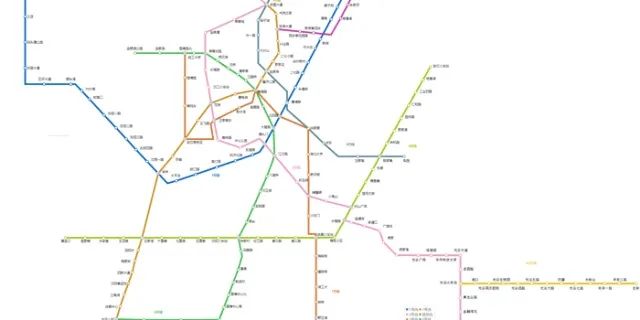
方法:requests、BeautifulSoup、pandas
import requests
from bs4 import BeautifulSoup
import pandas as pd
def spyder():
#获得武汉的地铁信息
url='http://wh.bendibao.com/ditie/linemap.shtml'
user_agent='Mozilla/5.0 (Macintosh; U; Intel Mac OS X 10_6_8; en-us) AppleWebKit/534.50 (KHTML, like Gecko) Version/5.1 Safari/534.50'
headers = {'User-Agent': user_agent}
r = requests.get(url, headers=headers)
r.encoding = r.apparent_encoding
soup = BeautifulSoup(r.text, 'lxml')
all_info = soup.find_all('div', class_='line-list')
df=pd.DataFrame(columns=['name','site'])
for info in all_info:
title=info.find_all('div',class_='wrap')[0].get_text().split()[0].replace('线路图','')
station_all=info.find_all('a',class_='link')
for station in station_all:
station_name=station.get_text()
temp={'name':station_name,'site':title}
df =df.append(temp,ignore_index=True)
df.to_excel('./subway.xlsx',index=False)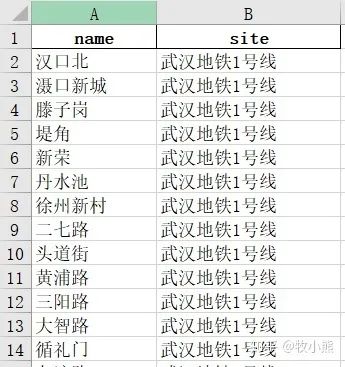
02 高德地图api接口配置
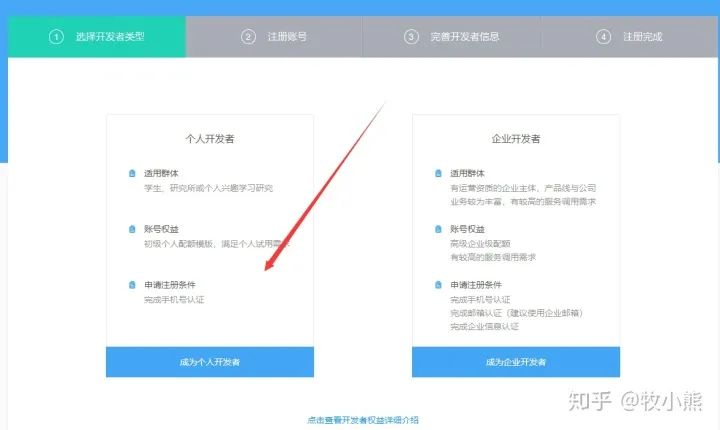
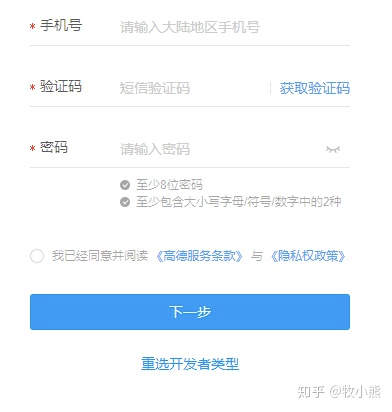
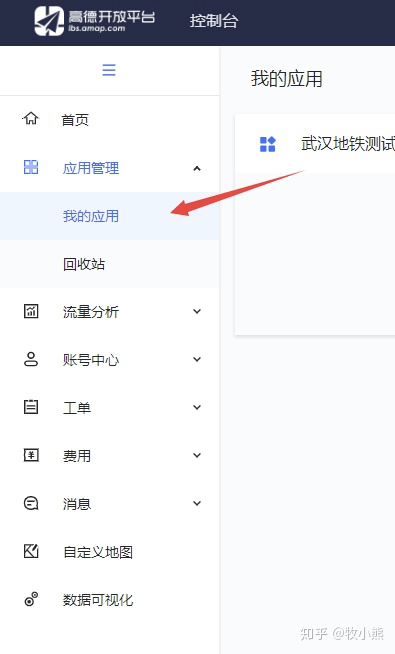



03 得到地铁站的经度和纬度
def get_location(keyword,city):
#获得经纬度
user_agent='Mozilla/5.0 (Macintosh; U; Intel Mac OS X 10_6_8; en-us) AppleWebKit/534.50 (KHTML, like Gecko) Version/5.1 Safari/534.50'
headers = {'User-Agent': user_agent}
url='http://restapi.amap.com/v3/place/text?key='+keynum+'&keywords='+keyword+'&types=&city='+city+'&children=1&offset=1&page=1&extensions=all'
data = requests.get(url, headers=headers)
data.encoding='utf-8'
data=json.loads(data.text)
result=data['pois'][0]['location'].split(',')
return result[0],result[1]def spyder():
#获得武汉的地铁信息
print('正在爬取武汉地铁信息...')
url='http://wh.bendibao.com/ditie/linemap.shtml'
user_agent='Opera/9.80 (Macintosh; Intel Mac OS X 10.6.8; U; en) Presto/2.8.131 Version/11.11'
headers = {'User-Agent': user_agent}
r = requests.get(url, headers=headers)
r.encoding = r.apparent_encoding
soup = BeautifulSoup(r.text, 'lxml')
all_info = soup.find_all('div', class_='line-list')
df=pd.DataFrame(columns=['name','site'])
for info in tqdm(all_info):
title=info.find_all('div',class_='wrap')[0].get_text().split()[0].replace('线路图','')
station_all=info.find_all('a',class_='link')
for station in station_all:
station_name=station.get_text()
longitude,latitude=get_location(station_name,'武汉')
temp={'name':station_name,'site':title,'longitude':longitude,'latitude':latitude}
df =df.append(temp,ignore_index=True)
df.to_excel('./subway.xlsx',index=False)04 得到地铁站之间的距离并构建图
from geopy.distance import geodesic
print(geodesic((纬度,经度), (纬度,经度)).m) #计算两个坐标直线距离def compute_distance(longitude1,latitude1,longitude2,latitude2):
#计算2点之间的距离
user_agent='Mozilla/5.0 (Macintosh; U; Intel Mac OS X 10_6_8; en-us) AppleWebKit/534.50 (KHTML, like Gecko) Version/5.1 Safari/534.50'
headers = {'User-Agent': user_agent}
url='http://restapi.amap.com/v3/distance?key='+keynum+'&origins='+str(longitude1)+','+str(latitude1)+'&destination='+str(longitude2)+','+str(latitude2)+'&type=1'
data=requests.get(url,headers=headers)
data.encoding='utf-8'
data=json.loads(data.text)
result=data['results'][0]['distance']
return resultdef get_graph():
print('正在创建pickle文件...')
data=pd.read_excel('./subway.xlsx')
#创建点之间的距离
graph=defaultdict(dict)
for i in range(data.shape[0]):
site1=data.iloc[i]['site']
if i<data.shape[0]-1:
site2=data.iloc[i+1]['site']
#如果是共一条线
if site1==site2:
longitude1,latitude1=data.iloc[i]['longitude'],data.iloc[i]['latitude']
longitude2,latitude2=data.iloc[i+1]['longitude'],data.iloc[i+1]['latitude']
name1=data.iloc[i]['name']
name2=data.iloc[i+1]['name']
distance=compute_distance(longitude1,latitude1,longitude2,latitude2)
graph[name1][name2]=distance
graph[name2][name1]=distance
output=open('graph.pkl','wb')
pickle.dump(graph,output)
05 得到当前位置距离最近的地铁站
longitude1,latitude1=get_location(site1,'武汉')
longitude2,latitude2=get_location(site2,'武汉')
data=pd.read_excel('./subway.xlsx')
def get_nearest_subway(data,longitude1,latitude1):
#找最近的地铁站
longitude1=float(longitude1)
latitude1=float(latitude1)
distance=float('inf')
nearest_subway=None
for i in range(data.shape[0]):
site1=data.iloc[i]['name']
longitude=float(data.iloc[i]['longitude'])
latitude=float(data.iloc[i]['latitude'])
temp=geodesic((latitude1,longitude1), (latitude,longitude)).m
if temp<distance:
distance=temp
nearest_subway=site1
return nearest_subway06 使用Dijkstra算法对地铁线路进行规划
def subway_line(start,end):
file=open('graph.pkl','rb')
graph=pickle.load(file)
#创建点之间的距离
#现在我们有了各个地铁站之间的距离存储在graph
#创建节点的开销表,cost是指从start到该节点的距离
costs={}
parents={}
parents[end]=None
for node in graph[start].keys():
costs[node]=float(graph[start][node])
parents[node]=start
#终点到起始点距离为无穷大
costs[end]=float('inf')
#记录处理过的节点list
processed=[]
shortest_path=dijkstra(start,end,graph,costs,processed,parents)
return shortest_path#计算图中从start到end的最短路径
def dijkstra(start,end,graph,costs,processed,parents):
#查询到目前开销最小的节点
node=find_lowest_cost_node(costs,processed)
#使用找到的开销最小节点,计算它的邻居是否可以通过它进行更新
#如果所有的节点都在processed里面 就结束
while node isnotNone:
#获取节点的cost
cost=costs[node] #cost 是从node 到start的距离
#获取节点的邻居
neighbors=graph[node]
#遍历所有的邻居,看是否可以通过它进行更新
for neighbor in neighbors.keys():
#计算邻居到当前节点+当前节点的开销
new_cost=cost+float(neighbors[neighbor])
if neighbor notin costs or new_cost<costs[neighbor]:
costs[neighbor]=new_cost
#经过node到邻居的节点,cost最少
parents[neighbor]=node
#将当前节点标记为已处理
processed.append(node)
#下一步继续找U中最短距离的节点 costs=U,processed=S
node=find_lowest_cost_node(costs,processed)
#循环完成 说明所有节点已经处理完
shortest_path=find_shortest_path(start,end,parents)
shortest_path.reverse()
return shortest_path
#找到开销最小的节点
def find_lowest_cost_node(costs,processed):
#初始化数据
lowest_cost=float('inf') #初始化最小值为无穷大
lowest_cost_node=None
#遍历所有节点
for node in costs:
#如果该节点没有被处理
ifnot node in processed:
#如果当前的节点的开销比已经存在的开销小,那么久更新该节点为最小开销的节点
if costs[node]<lowest_cost:
lowest_cost=costs[node]
lowest_cost_node=node
return lowest_cost_node
#找到最短路径
def find_shortest_path(start,end,parents):
node=end
shortest_path=[end]
#最终的根节点为start
while parents[node] !=start:
shortest_path.append(parents[node])
node=parents[node]
shortest_path.append(start)
return shortest_path07 将所有的函数封装
def main(site1,site2):
ifnot os.path.exists('./subway.xlsx'):
spyder()
ifnot os.path.exists('./graph.pkl'):
get_graph()
longitude1,latitude1=get_location(site1,'武汉')
longitude2,latitude2=get_location(site2,'武汉')
data=pd.read_excel('./subway.xlsx')
#求最近的地铁站
start=get_nearest_subway(data,longitude1,latitude1)
end=get_nearest_subway(data,longitude2,latitude2)
shortest_path=subway_line(start,end)
if site1 !=start:
shortest_path.insert(0,site1)
if site2 !=end:
shortest_path.append(site2)
print('路线规划为:','-->'.join(shortest_path))
if __name__ == '__main__':
global keynum
keynum=''#输入自己的key
main('华中农业大学','东亭')路线规划为:华中农业大学-->野芷湖-->板桥-->湖工大-->建安街-->瑞安街-->武昌火车站-->梅苑小区-->中南路-->洪山广场-->楚河汉街-->青鱼嘴-->东亭
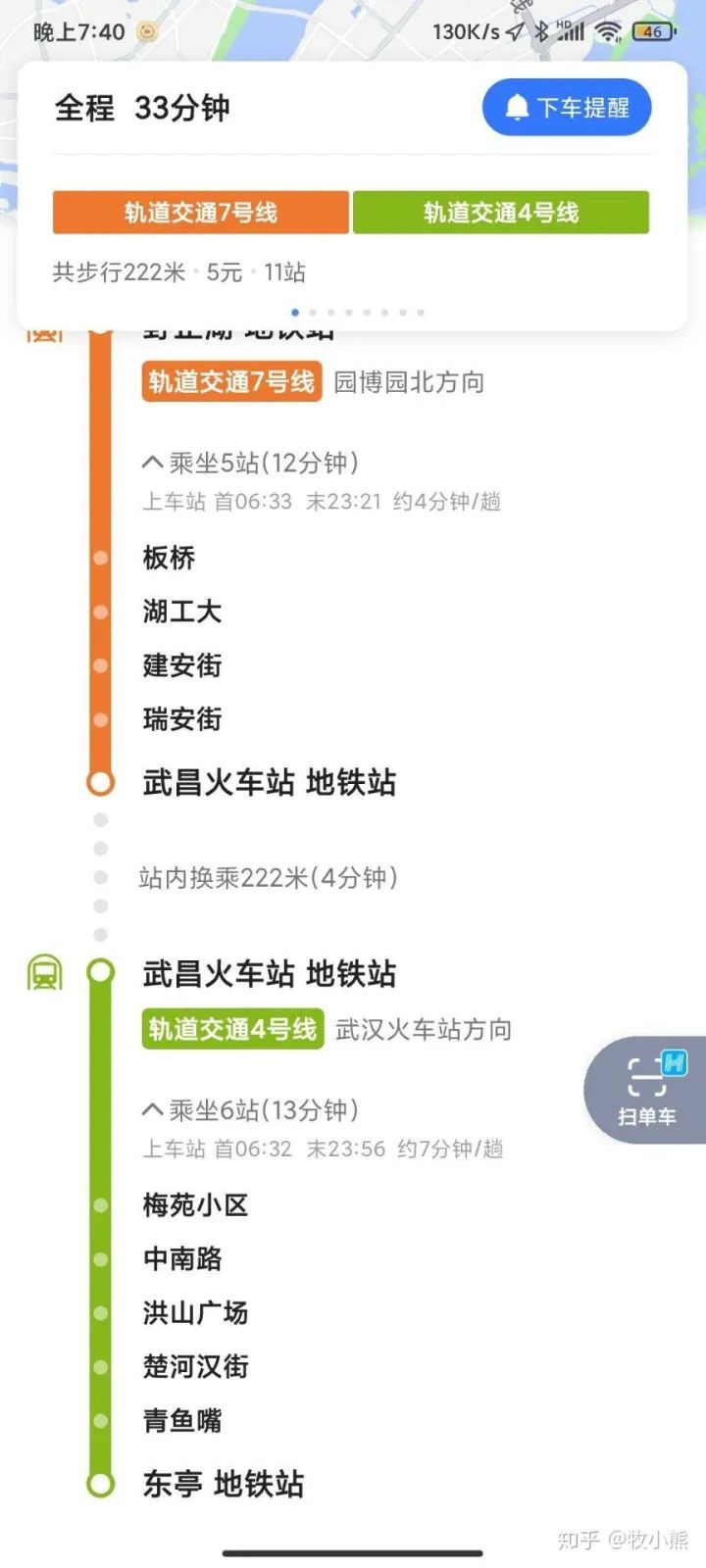
08 可以继续完善的点
09 项目源码

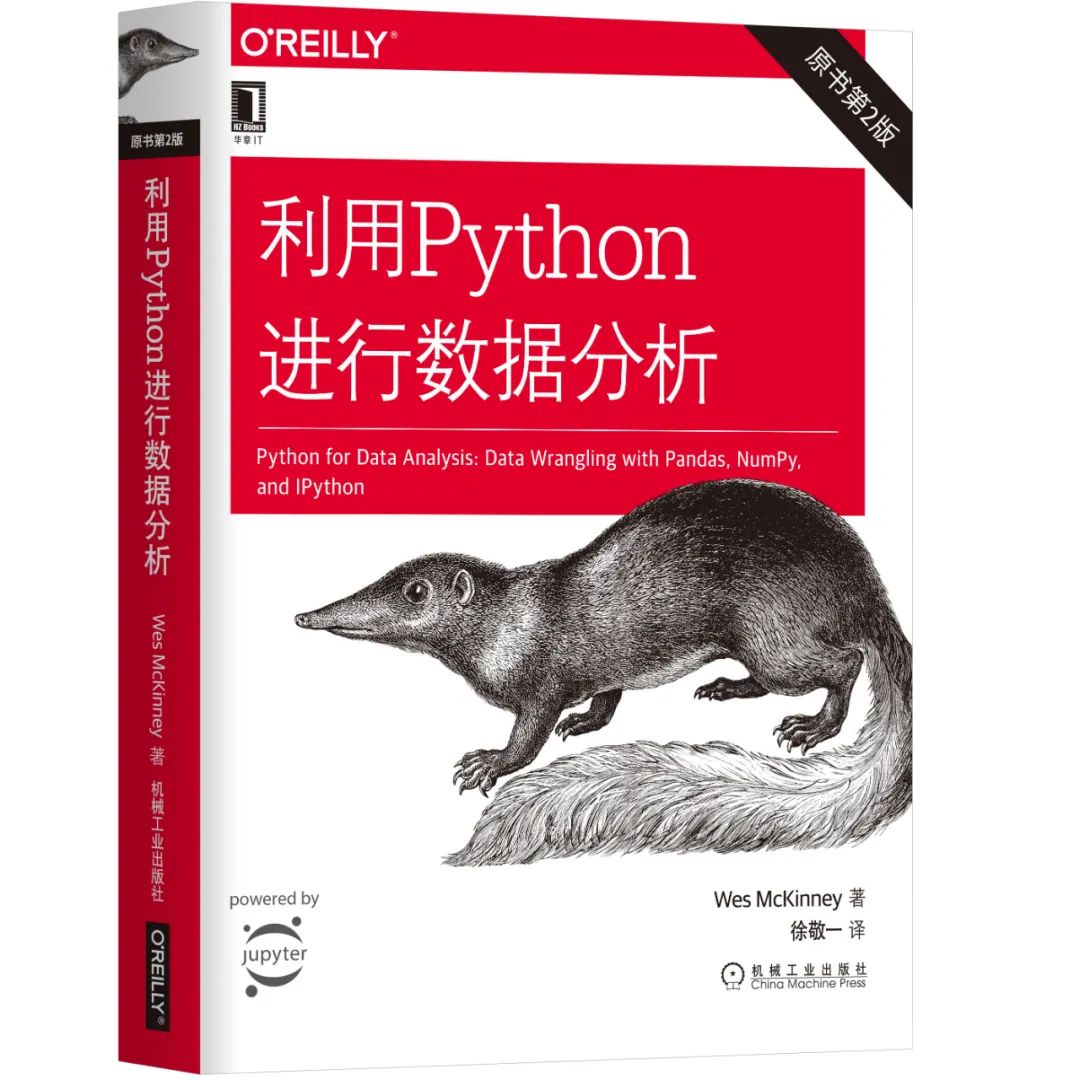
评论
